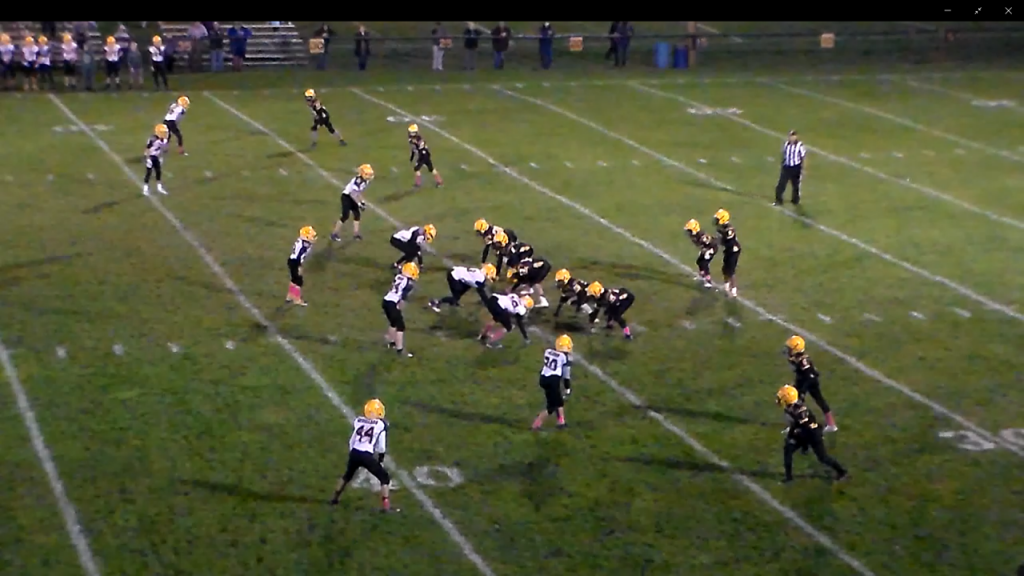We constantly preach to our players and get on them about watching film. We expect them to pour time into watching film and to walk away with an understanding of the film. If we truly want players to understand how to watch film, we must show them how to watch film and give them a structure to use to analyze the opponent.
Studying Opponent Game Film
Find the Base to See the Variations
If you want to test your players’ ability to take away vital information from film try this experiment with them. Tell them that they are going to watch film as a group and put up the film from an upcoming opponent. Spend about ten minutes going through the film, showing each play once or twice. You can make a few comments, but try to keep your points to a minimum.
Once you have watched ten minutes of film turn off the lights and ask them what they took away from the film. They will probably have a few points based on personnel, maybe some linemen will talk about the alignment on their defensive linemen but chance are that will be it. Then ask them how do we expect them to align to Trips (or one of your base formations). There is a high probability that they will not be able to tell you how the defense is going to be aligned and how they are going to cover it.
This moment is the point you want to emphasize to your players. If they blindly watch film their eyes will naturally follow the ball and they will not gain any useful knowledge from the film session. It critical that they understand if they want to truly be successful, they must understand how to watch film.
To teach our players how to watch film we use a simple worksheet. This worksheet has space for all of the defensive players, their numbers and an area to make some quick notes about them. Next we have our base formations drawn up to the right and left. We ask the players to draw up how they expect the defense to align to these formations. We teach them early in the year to look for how they align and then look for confirmation on a separate play.
Once players understand their base they can start to see the variations that act as predictors for a blitz, stunt or special coverage. We use the word “Alert” and have our players call out Alert and point to the man when we see something suspicious. This lets the rest of the team know something is different from what they showed on film and we should expect some sort of stunt.
This is an incredibly simple technique, but when dimplemented efficiently, lets your players take away concrete information from film sessions. This leads them to be better prepared when they take the field on Friday night and gives them the chance to play fast and use their talents.
(See Also) Preparing for a Dominate Opponent
